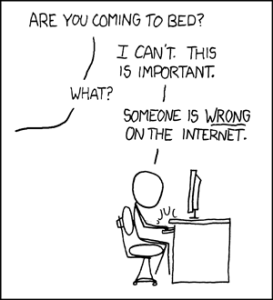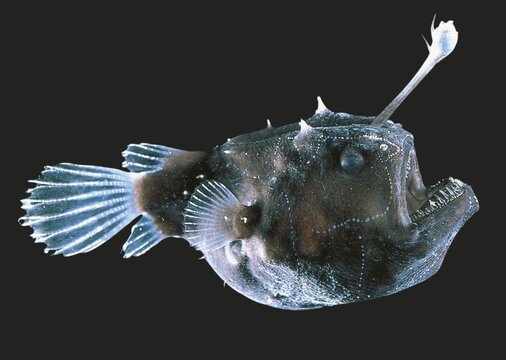This thread is a continuation of the thread "Consciousness and the Paranormal — Part 7" originally posted by Gene Steinberg.
Please remember to watch this thread if you were watching the previous one.
Please remember to watch this thread if you were watching the previous one.


